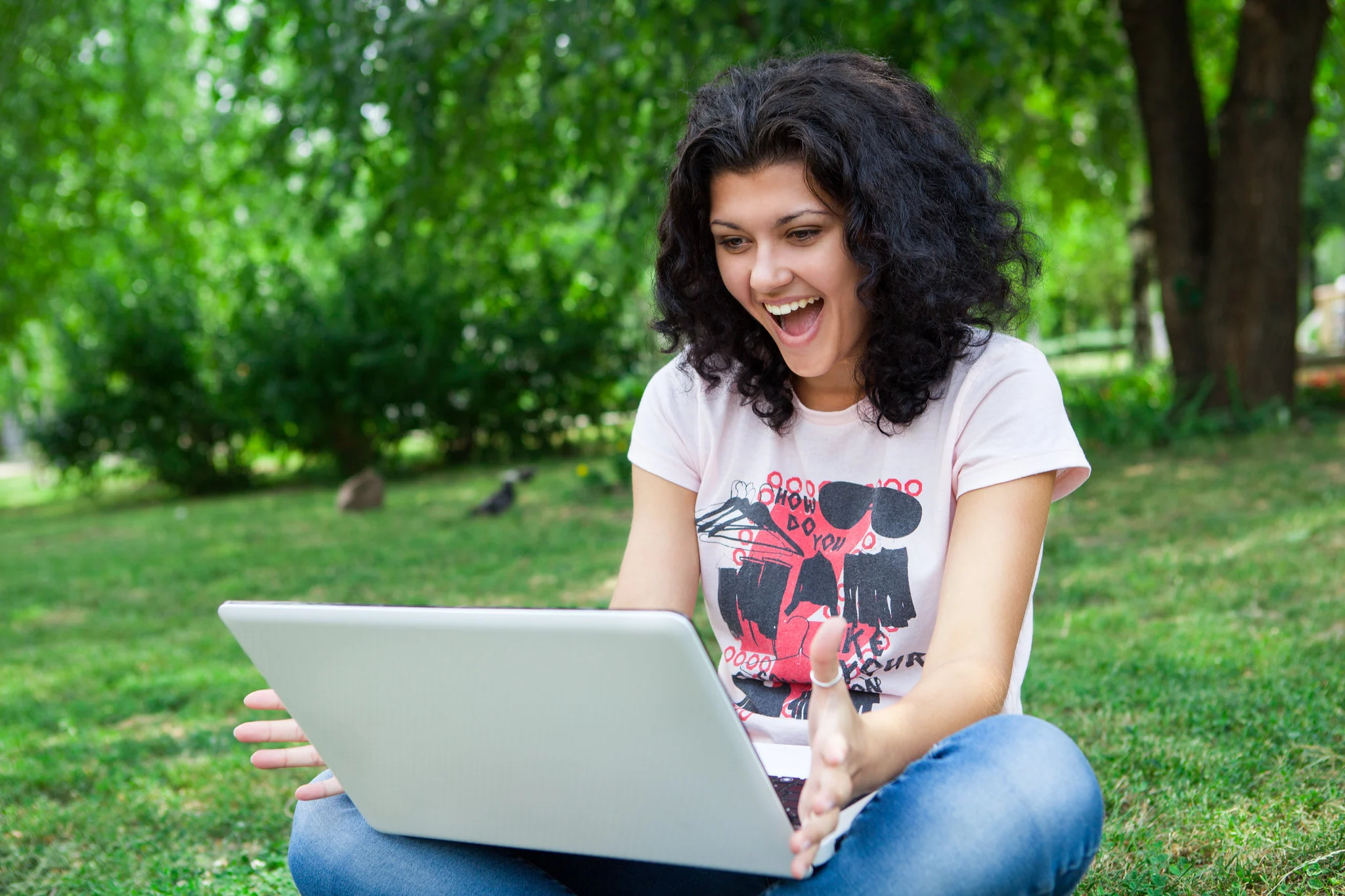Basic Classification of Drugs
| Drug Classification | Examples |
|---|---|
| Depressants | Alcohol, Benzodiazepines (e.g., Valium, Xanax), Barbiturates |
| Stimulants | Caffeine, Cocaine, Amphetamines (e.g., Adderall), Methamphetamine |
| Hallucinogens | LSD, PCP, Magic Mushrooms (Psilocybin), DMT |
| Opioids | Morphine, Heroin, Oxycodone (e.g., OxyContin), Hydrocodone (e.g., Vicodin) |
| Dissociatives | Ketamine, DXM (found in some cough syrups), Nitrous Oxide |
Marijuana's Active Compounds
Understanding Cannabinoids Their Effects
Marijuana is a complex plant with various compounds and variations.
It’s essential first to understand its primary constituents and effects.
THC (Tetrahydrocannabinol):
Description: THC stands as the most well-known compound in marijuana.
It’s primarily responsible for the plant’s psychoactive effects.
Effects: When you consume marijuana, THC gives that quintessential ‘high.’
This can manifest as euphoria, heightened sensory perception, altered sense of time, and increased appetite.
Conversely, too much THC might also lead to anxiety or paranoia in some individuals.
CBD (Cannabidiol):
Description: CBD, in stark contrast to THC, does not induce a psychoactive response.
Instead, it’s often used for its potential therapeutic benefits, because it is not psychoactive.
Effects: CBD has been researched for its potential role in alleviating various conditions, from anxiety and chronic pain to certain seizure disorders.
Many users feel calm or relief when using CBD, without the “high” associated with THC.
Other Cannabinoids
Description: Beyond THC and CBD, marijuana contains over 100 other cannabinoids, each with its unique profile and potential effects.
Effects: While research is still in its infancy, some cannabinoids, like CBN (Cannabinol) and CBG (Cannabigerol), are being studied for their potential sleep-inducing properties and anti-inflammatory effects, respectively.
How Marijuana Effects The Body
| Type of Effect | Description |
|---|---|
| Brain | Interacts with neurotransmitters, particularly dopamine, leading to feelings of pleasure and motivation. Over time, it may result in altered memory, difficulty with problem-solving, and mood changes. |
| Physical | Results in increased heart rate, dry mouth (“cottonmouth”), and redness in the eyes due to the expansion of blood vessels. |
| Emotional | While some users report feelings of euphoria, relaxation, and increased sensory perception, others may experience heightened anxiety, paranoia, or even short-term depression, especially with higher doses or potent strains. |
| Consider This | The effects of marijuana can vary widely among individuals, influenced by factors such as genetics, overall health, and usage patterns. Modern strains are becoming more potent, potentially heightening all symptoms. |
Is Marijuana a Depressant?
The age-old debate revolves around the question, “Is marijuana primarily a stimulant or a depressant?” To grasp a better understanding, it’s essential to delve deep into the varied impacts marijuana has on both the human body and psyche.
Depressive Attributes of Marijuana
Marijuana displays several attributes consistent with depressants, affecting both the mind and physical body. Here’s a breakdown:
| Effect | Description |
|---|---|
| Relaxation | Users often feel a pronounced calming sensation, mirroring the effects typical of depressants. |
| Slowed Reaction Time | Marijuana can cloud motor skills and lengthen response times, indicative of depressant-like properties. |
| Sedation | Higher doses can induce feelings of heaviness, lulling users into a sedative state. |
Stimulant Characteristics of Marijuana
While showing signs of being a depressant, marijuana paradoxically exhibits stimulant traits too. Here’s a glimpse:
| Effect | Description |
|---|---|
| Heart Palpitations | Marijuana can cause the heart to beat faster, providing some users with a burst of energy. |
| Euphoria | Consumers might experience a surge of joy or an uplifted mood, similar to traditional stimulant effects. |
Hallucinogenic Traits of Marijuana
Beyond its stimulant and depressant properties, marijuana can sometimes mirror the effects of hallucinogens, offering:
| Effect | Description |
|---|---|
| Temporal Dislocation | Users may feel a distortion in their perception of time, with moments stretching endlessly or passing rapidly. |
| Sensory Amplification | Individuals can become hyper-aware of their environment, with heightened sensitivity to colors, sounds, and tactile sensations. |
Labeling marijuana strictly as a stimulant or depressant oversimplifies its complex nature. Each user’s experience can differ, highlighting the drug’s multi-faceted influence. Recognizing marijuana’s nuanced and varied effects is crucial for a comprehensive understanding of its interaction with human physiology.
Is Marijuana A Stimulant?
Navigating the complex world of marijuana’s effects can be a challenge.
The question on many minds:
Figuring out the answer to is marijuana a depressant or a stimulant is a nuanced journey.
Let’s break down marijuana’s stimulant nature while acknowledging its duality.
Marijuana’s Stimulant Effects
Elevation in Mood: Users often report euphoria or an uplifted mood shortly after consumption.
Heightened Alertness: Unlike its sedating effects, marijuana can also make one feel more alert or energized, especially with specific strains.
Increased Heart Rate: Physiologically, marijuana can increase heart rate, adding to the sensation of stimulation.
The Duality of Marijuana’s Effects:
Marijuana is a shape-shifter of sorts.
While its stimulant effects are pronounced, they often coexist with or are followed by depressant qualities, making its classification complex.
Physiological Mechanisms Behind Stimulant Effects
Interaction with Neurotransmitters: Marijuana’s primary psychoactive component, THC, interacts with the brain’s cannabinoid receptors.
This interaction can lead to increased dopamine release, a neurotransmitter associated with pleasure, reward, and motivation.
The Balance Between Stimulant and Depressant Effects:
Marijuana’s effects are not just black and white.
The stimulant and depressant effects often intertwine, with the dominance of one over the other influenced by various factors, including dosage, method of consumption, and individual tolerance.
The Role of Different Strains
Sativa vs. Indica: Sativa strains typically have more uplifting and stimulating effects, often chosen for daytime use to ensure productivity.
On the other hand, Indica strains lean more towards relaxation and sedation, often favored for evening relaxation.
THC and CBD’s Influence
The balance of THC (psychoactive) and CBD (non-psychoactive) in a particular strain or product can significantly influence the user’s experience.
Higher THC content might lean towards pronounced stimulant effects, while CBD-rich products offer a more balanced or calm experience.
Labeling marijuana solely as a stimulant would be an oversimplification.
While it undeniably has stimulating properties, its spectrum of effects, influenced by strain and cannabinoid balance, paints a picture of a dynamic plant that continually keeps researchers, enthusiasts, and casual users on their toes.
Potential Risks of Marijuana Addiction
Marijuana, despite popular belief to the contrary, has the potential to be addictive, especially when used heavily and over long periods of time.
Studies have shown that regular, prolonged use can lead to a condition known as Cannabis Use Disorder (CUD).
Individuals with CUD may find it difficult to quit or cut down on their marijuana use even if they express a desire to do so.
The Signs of Marijuana Addiction
| Marijuana Addiction Signs | Description |
|---|---|
| Increased Tolerance | Needing more cannabis to achieve the desired effect. |
| Excessive Consumption | Using more marijuana than initially intended. |
| Unsuccessful Control | Repeated, unsuccessful efforts to reduce or control cannabis use. |
| Time Spent | Allocating significant time to obtain, use, or recover from the effects of marijuana. |
| Foregoing Activities | Abandoning crucial social, occupational, or recreational activities due to cannabis use. |
| Withdrawal Symptoms | Experiencing symptoms like irritability, mood changes, sleep difficulties, decreased appetite, and physical discomfort when attempting to stop or cut back on marijuana use. |
While marijuana has legitimate medical applications, it’s crucial to recognize that this doesn’t automatically endorse its recreational use.
Research indicates that prolonged use can lead to significant concerns, including the potential for addiction.
| Risk Factor | Description |
|---|---|
| Brain Development | Regular use in young adults can impair brain development, leading to problems with memory, concentration, and decision-making. |
| Mental Health Issues | Consumption can exacerbate symptoms in individuals with anxiety, depression, and schizophrenia. It may also increase the risk of developing these conditions. |
| Respiratory Problems | Smoking marijuana can lead to respiratory issues similar to those caused by tobacco, including chronic bronchitis and lung infections. |
| Dependency | Regular and heavy use can lead to marijuana dependency, with withdrawal symptoms including irritability, mood swings, insomnia, and appetite changes. |
| Decreased Motivation | Chronic use can result in decreased motivation, leading to challenges in personal and professional realms. |
| Impaired Driving | Marijuana use can slow reaction times and impair judgment, making driving more dangerous, which can result in a Marijuana DUI. |
As with all decisions regarding personal health, it’s vital to approach marijuana with an informed perspective, weighing its therapeutic potential against its risks, especially in chronic use or potential addiction.
If you or someone you care about is facing addiction or mental health challenges, we encourage you to contact us at Cornerstone Healing Center in Arizona.
Our marijuana rehab facility is grounded in evidence-based practices and specializes in dual diagnosis, promoting long-term recovery by addressing underlying issues.
You don’t have to do it alone.







